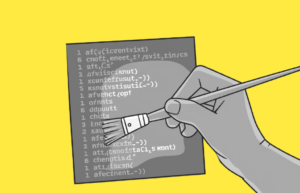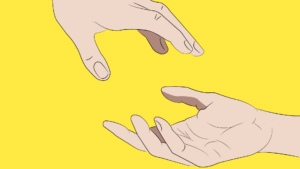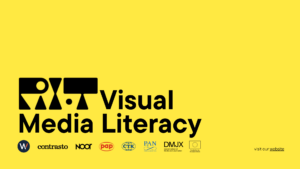Questions of authorship, truth, and manipulation are not issues photographers have to face for the first time in the era of generative AI: they have been part of the photographic debate ever since the analog age of grainy film and darkroom chemicals.
The world of photojournalism has been swept up in recent weeks by the controversy over who took the Vietnam War’s iconic “Napalm Girl” photograph. It is a shot so well-known that the reader probably has the black and white image right before their eyes without even having to see it. Taken on June 8, 1972, it shows 9-year-old Phan Thi Kim Phuc fleeing a U.S. napalm attack in Trang Bang.
What is new is that, earlier this month, World Press Photo suspended its decades-long attribution of the iconic picture to retired Associated Press photographer Nick Ut, who won the 1973 Pulitzer prize for it. World Press Photo cited significant doubt over the photo’s authorship, following claims raised in The Stringer, a documentary that premiered at the Sundance film festival in January, which argues that the photo was actually taken by Vietnamese freelancer Nguyen Thanh Nghe.
The all-analog controversy is a reminder that the tools of image-making may change, but the core questions of authorship, truth, and trust have remained the same through the decades. When a moment is captured, who gets to own the story?
At the heart of debate is not only who pressed the shutter, but what counts as authorship in photography: does it lie in the physical act, the context, the intention, the editing? These are the same questions now being asked in courtrooms over AI-generated images. If a human guides the process, tweaks the output, frames the vision, is the work theirs?
Much like today’s AI-assisted creators, photographers in 1972 relied on tools that shaped their outcomes: if a photographer frames a scene, adjusts the aperture, develops the negative, and selects a print, that is authorship. But what about an artist curating an AI’s output, refining the prompts, and editing the image with purpose and vision: wouldn’t that be authorship too? And to what extent? Now, software offers different kinds of choices, but the principle is the same: authorship lies not in the tool, but in the human use of it.
In both cases, what’s at stake is trust. Whether in a Pulitzer Prize or an AI-generated portrait, we are being asked to believe, or not believe, a story. And doing so requires, before any further reflection on technology, a shared set of ethical guidelines and a common vision of what authorship is.







